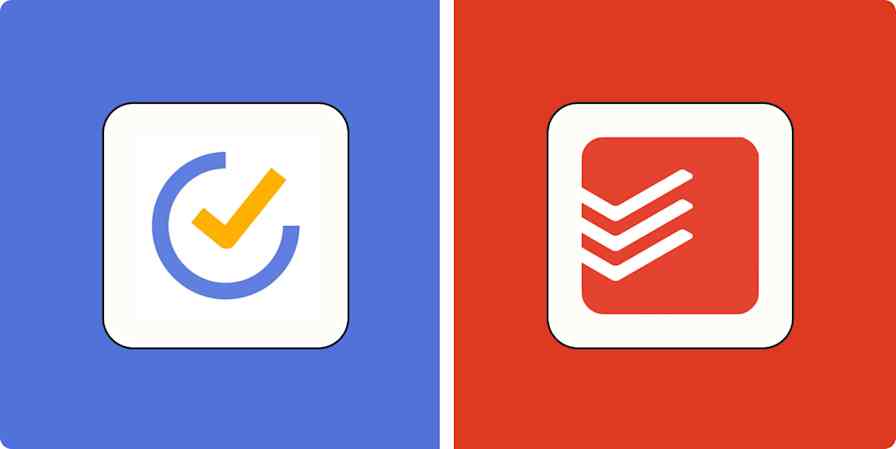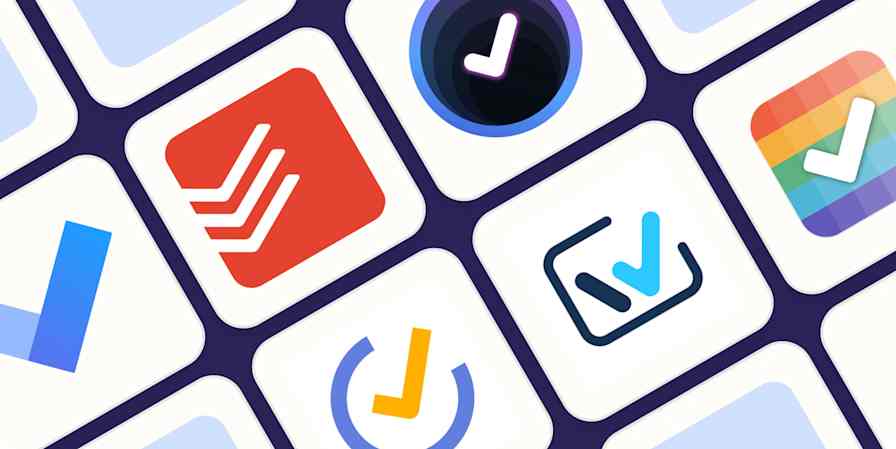Zapier tutorials
3 min readHow to add new Outlook emails to Notion
The easy way to connect Outlook to Notion
By Khamosh Pathak · October 18, 2024

Get productivity tips delivered straight to your inbox
We’ll email you 1-3 times per week—and never share your information.
mentioned apps
Related articles
Improve your productivity automatically. Use Zapier to get your apps working together.








